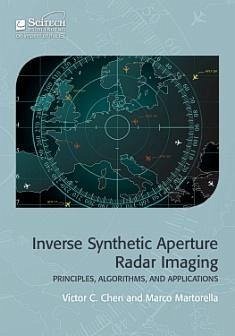
Inverse Problems of Antenna Theory
Versandkostenfrei!
Versandfertig in 6-10 Tagen
37,99 €
inkl. MwSt.

PAYBACK Punkte
19 °P sammeln!
The synthesis problem solves a task of creating antennas with a high performance. One can use two methods. The first method is the creation of new antennas on a basis of new ideas, new materials and new technological opportunities. As an example of new antennas one can call volume (three-dimensional) self-complementary antennas. They are structures of electric and magnetic radiators, placed on cylindrical, conical and parabolic surfaces of revolution. Another method of solving the inverse problem is determining parameters, providing optimum electrical characteristics of known antennas. Thus, a...
The synthesis problem solves a task of creating antennas with a high performance. One can use two methods. The first method is the creation of new antennas on a basis of new ideas, new materials and new technological opportunities. As an example of new antennas one can call volume (three-dimensional) self-complementary antennas. They are structures of electric and magnetic radiators, placed on cylindrical, conical and parabolic surfaces of revolution. Another method of solving the inverse problem is determining parameters, providing optimum electrical characteristics of known antennas. Thus, an inclusion of concentrated loads along a linear radiator allows achieving a variety of aims: creation of a wide-range radiation, creation of a given current distribution, reduction of superstructures impact on radiation patterns, etc. A method of mathematical programming is of important significance in numerical solution of these problems.












